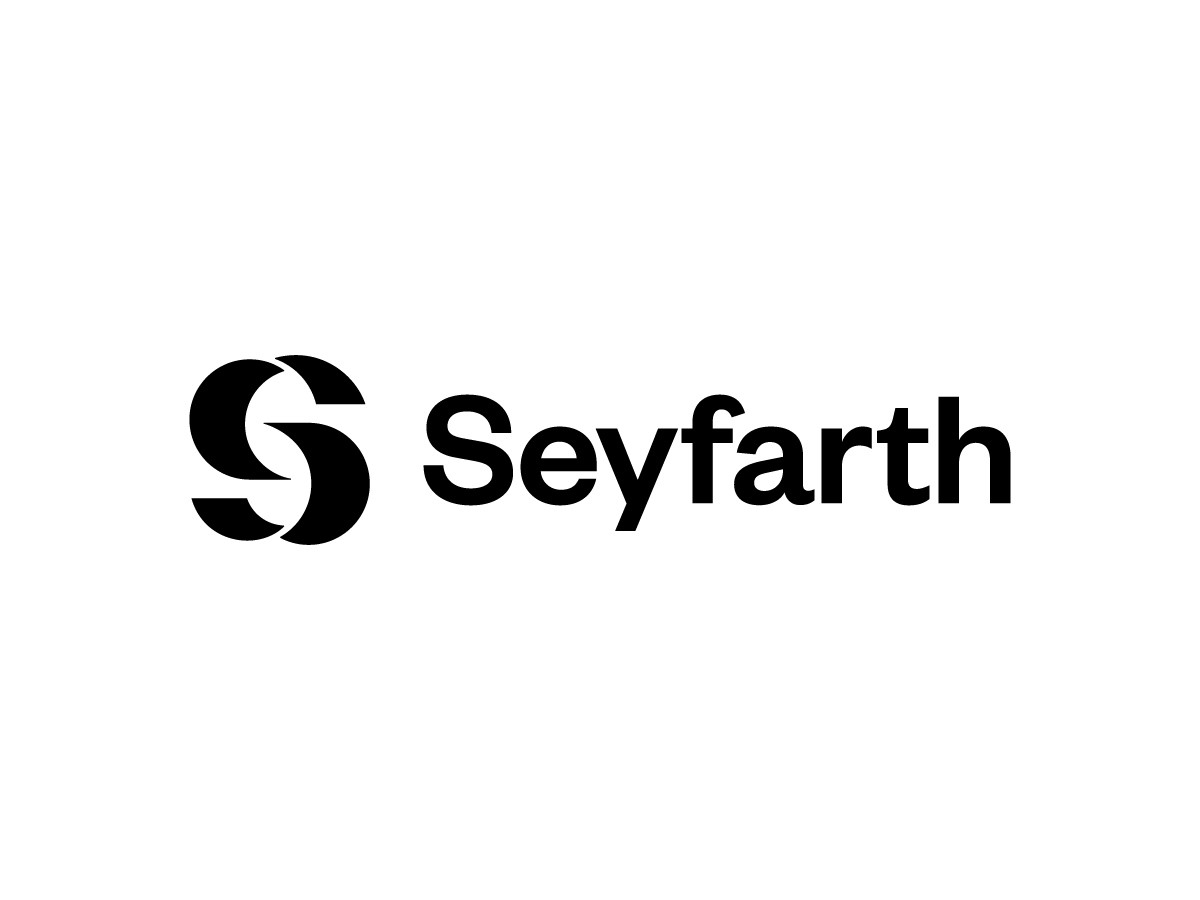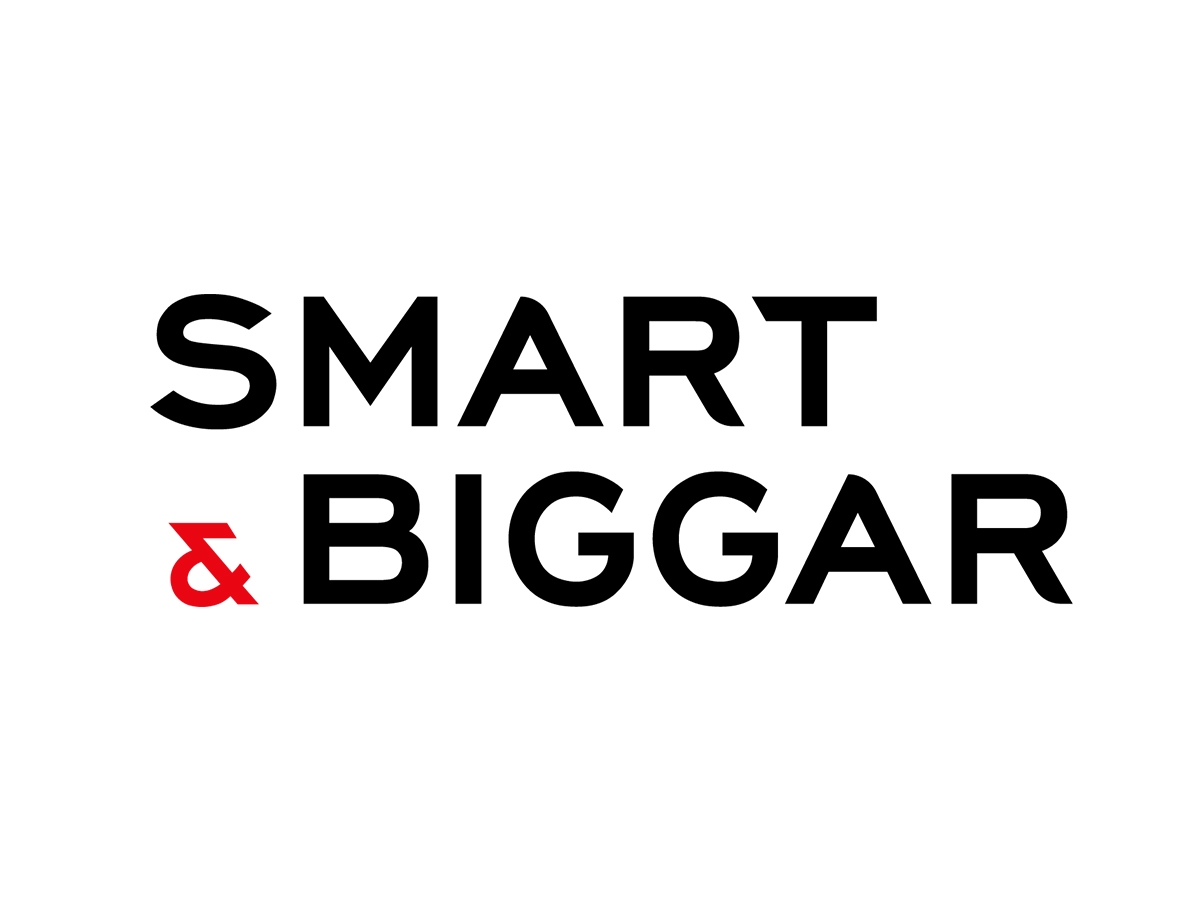New Trademark Office Fees Increase Cost, Headaches | Sunstein LLP
The U.S. trademark application filing process will undergo major changes in the new year. A USPTO final ruling that will go into effect on January 18, 2020 will increase many USPTO fees. This includes several new “surcharges” that will be assessed when filing. The new fees aim to encourage applicants to choose options that will streamline the examination process. Surcharges are imposed on applicants who must adopt unique descriptions of products and services to avoid a possible claim of priority, to adhere to existing settlement agreements, or to avoid a citation. In addition, applicants working in fields with emerging technologies or inventing their own products will also have difficulty avoiding the new surcharge.
Fee Increases at the time of Application
The new rule changes the base cost of an application filed directly with the USPTO to $350, and retires the option to file via the TEAS Plus form at a cost of $250 per class. The per class application fee to file via the Madrid Protocol for foreign applicants is rising from $500 to $600 per class.
However, the new base application fee is only the first part of the story. The USPTO Final Rule allows it to levy new surcharge fees. These include the “Insufficient information surcharge fee,” the “Free Form Text Box” surcharge, which is charged for applicants who go outside of the USPTO Acceptable ID Manual and the “1,000 Character Limit surcharge fee.” The USPTO’s Final Rule allows the Office to levy three new surcharge fees. These are: “Insufficient Information Surcharge Fee,” “Free-Form Text Box” fee, which is charged to applicants who do not follow the USPTO’s Acceptable ID Manual, and “1,000 Character Limit” surcharge fee. However, none of these surcharges will be levied (for the time being) against Madrid Protocol applicants, though the Final Rule indicates that it is the USPTO’s desire to levy these charges when the WIPO electronic filing technology allows for it.
Insufficient Information Surcharge
- The first fee, known as the Insufficient Information Surcharge fee, will cost applicants $100 per class included in the application. The easiest way to avoid this surcharge is to provide enough information for each of the thirteen categories the Trademark Office considers necessary at the time the application is made. The Trademark Office will require that the applicant provide information such as the owner’s information, address of the owner, state of incorporation, and the type of entity. Our previous filing experience has led us to believe that a fanciful mark, which is not meaningful to the applicant, may be a lesser known word in the Estonian language. If this happens, the applicant may be charged a $100 fee for failing to provide the translation from Estonian into English of what they perceived as a fanciful trademark. The new rule allows an applicant to use translation software that can automatically detect if a mark is fanciful in a foreign tongue. The applicant can then make the determination at the time of filing whether such the translation should be entered into the record.
“Free-form text box” Surcharge
The second, but most impactful new surcharge, is a $200 per class fee to use the “free-form text box” to describe an Applicant’s goods or services. The USPTO’s Acceptable Identification Manual is a searchable list that can be viewed on the Trademark Office website. The Acceptable ID Manual is a searchable list available for review on the Trademark Office website.
The USPTO admits that “the ID Manual is not intended as an exhaustive list of goods and services for which an applicant may seek registration.” In fact, the Office says, “
o listing could include all possible identifications for the multitude of products and services for which marks may be registered.” Nevertheless, an applicant that cannot find a description in the Manual that suits its purposes must pay a $200 surcharge to submit a “free form” description.
Under the current system, submitting an application using descriptions contained in the Acceptable ID Manual is preferable but in many cases is neither possible nor advisable. The Acceptable ID Manual comes in handy when an Applicant is selling consumer goods such as food, drinks, clothing, sporting equipment, bags, jewelry and cosmetics. The Acceptable ID Manual offers a wide range of products in these categories. The Acceptable ID Manual may not have descriptions that accurately and completely match the goods or services of an Applicant who deals in services, technology, or with specialized buyers. In some classes, the register is so crowded with applications that even small variations in the description of goods and services can be decisive for whether an Examiner will issue a citation. Any unique descriptions that is adopted in any class by use of the “free-form text box” will trigger the $200 per class surcharge.[n]Applicants who have reached settlement agreements with other parties that require either unique language, or the inclusion of a “none of the aforesaid” clause must use the “free-form text box” and must pay the surcharge. The same goes for applicants who use a description of goods or services that have been used in another country and are claiming priority. Unless all of the existing descriptions can be found in the Acceptable ID Manual, these applicants may also need to bite the bullet and pay an additional $200 per class.
Character Limit Surcharge
Finally, the USPTO will levy a $200 per class surcharge for descriptions of goods or services that exceed 1,000 characters, including spaces and punctuation marks. Surcharges will be added for each 1,000 characters beyond the first 1,000. This fee will be waived if the entire description is in the Acceptable Identification Manual. This is statistically unlikely. The scenario where a description for goods in one class contains 4,000 characters is more likely to result in a filing fee of (1) the $350 filing fee plus (2) the $200 “Free-form Text Box fee” plus (3) the $60 surcharges for exceeding the character limit by 3000 characters. The Office is trying to adjust the fee to reflect the burden imposed by a particularly lengthy application. Thus, the Office is trying to right-size the fee to the burden imposed by a particularly lengthy application.
Applicants based in Europe or Japan who are used to including voluminous descriptions in their home trademark registrations should take note and either pare down the descriptions to the most important goods and services that can be described in under 1,000 characters or file in the USPTO via the Madrid Protocol.
Difficulties posed by the new surcharges
Unfortunately, the new rule will make it difficult to provide an applicant with an accurate cost quote without first reviewing the description of goods or services to see if the Acceptable ID Manual can be utilized or first doing a character count. Due to this, foreign applicants who want to know the cost upfront may decide that they should file their applications in the U.S. only via the Madrid Protocol. The Acceptable ID Manual, for example, includes the service description “scientific development and research.” However, many applicants in the R&D area choose to use a description that is more tailored to their specific scientific field. The likelihood of confusion refusals will increase if more applicants adopt “scientific research & development”. The Office often rejects such suggestions. Pre-clearing an entry in the Acceptable ID Manual can also delay the filing of a request by up to four weeks, as priority is often determined based on the date of filing. Other Fee Increases
In additional to the fee increases at the time of the application, the USPTO also adopted the increases shown below. These fee increases will not change the strategy for renewal or petitioning the Office. However, they will increase the cost to applicants and registrants.






